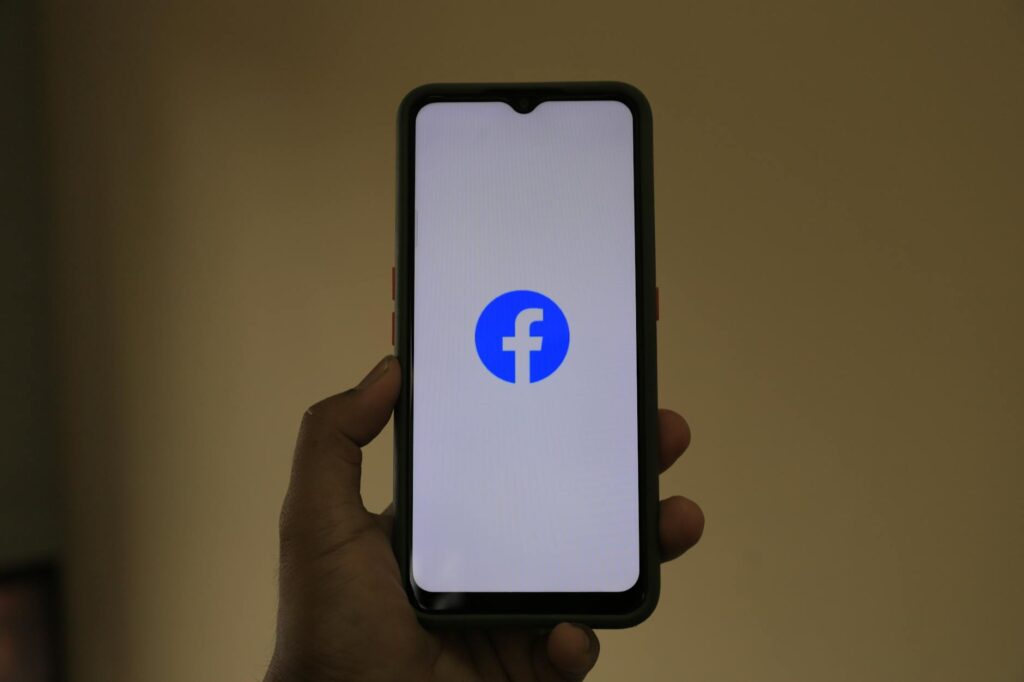What is voluntary screen breaks?

What is voluntary screen breaks?
In today’s digital age, we spend numerous hours in front of screens, be it for work, leisure, or learning. However, this prolonged exposure can have detrimental effects on our mental and physical health. That’s where the concept of voluntary screen breaks comes into play. These breaks allow individuals to step away from their screens, providing a necessary respite that promotes better overall well-being.
Understanding Voluntary Screen Breaks
Definition of Voluntary Screen Breaks
Voluntary screen breaks are pauses taken by individuals at their discretion, aimed at refreshing their minds and bodies away from digital displays. Unlike enforced breaks mandated by employers or educational institutions, these breaks empower you to decide when and how long to step away from screens. The significance of these breaks lies in their ability to help manage screen fatigue and maintain productivity throughout the day.
Difference from Mandatory Breaks
Voluntary breaks contrast sharply with mandatory breaks, which are often imposed by workplace policies or school guidelines. While mandatory breaks can sometimes feel like interruptions, voluntary breaks are about personal choice and timing. They allow you the flexibility to assess your own needs—whether you feel fatigued, unfocused, or simply in need of a mental reset. This autonomy can lead to a more positive experience overall.

Photo by greenwish
Benefits of Voluntary Screen Breaks
Incorporating voluntary screen breaks into our daily routines can yield a multitude of advantages.
Improved Focus and Productivity
Research suggests that taking breaks during work can actually enhance concentration and output. Having a structured approach to breaks can help prevent burnout and keep your mind sharp. According to studies, when individuals take regular breaks, they return to their tasks with renewed energy and focus. This is because the brain needs time to process information, and stepping away allows it to refresh.
Mental Health and Stress Reduction
Regularly stepping away from screens can significantly lower anxiety and improve overall mental health. The constant influx of information and notifications can create a feeling of overwhelm. By taking voluntary screen breaks, you allow your mind to decompress, which can lead to lower stress levels and a more balanced emotional state. Research indicates that breaks can help in reducing feelings of burnout and symptomatology related to anxiety disorders.
Enhanced Creativity
Taking breaks has also been linked to increased creativity. When you step away from a task and let your mind wander, you may stumble upon innovative solutions or new ideas. This is especially important for those in creative fields, where fresh perspectives are vital. Studies show that allowing your mind to roam free during breaks can lead to “aha” moments that you might miss when fully engaged in a task.
Implementing Voluntary Screen Breaks
Integrating voluntary screen breaks into your daily routine doesn’t have to be complicated. Here are some practical tips to get started.
Setting Personal Guidelines
Establishing a personal break schedule can help you be intentional about your screen time. For instance, consider using the Pomodoro technique, which suggests working for 25 minutes followed by a 5-minute break. Adjust these timings based on what feels right for you. Keeping track of time can help prevent excessive screen exposure while ensuring you’re still productive.
Utilizing Tools and Techniques
Several tools can assist you in managing your screen breaks effectively. Setting timers on your phone or using apps specifically designed for break reminders can nudge you to step away. Apps like Focus@Will not only help you focus but also remind you to take those essential breaks. By leveraging technology, you can make your break schedule more disciplined.
Creating a Break-Friendly Environment
Your environment can greatly impact your ability to take breaks. Designate a specific area for breaks—perhaps a cozy corner for reading or a small space for stretching. Having a break-friendly environment encourages you to step away from your screen and engage in activities that refresh your mind and body. Consider adding calming elements like plants or comfortable seating to make this space inviting.
Overcoming Barriers to Taking Breaks
Despite the numerous benefits, there are challenges to implementing voluntary screen breaks.
Workplace Culture and Expectations
In many workplace cultures, there’s an unspoken pressure to stay glued to screens. This can make taking breaks feel like a guilty pleasure rather than a necessity. It’s important to advocate for a culture that encourages breaks. Engaging in discussions about the positive impacts of breaks can help shift the focus from constant productivity to well-being.
Time Management Concerns
Some individuals may worry that taking breaks will hinder their productivity. But effective time management can actually incorporate breaks as essential components rather than hindrances. To manage your time efficiently, prioritize tasks and set specific goals for your work periods. This way, when you take a break, you’re not losing momentum; you’re enhancing it.
Conclusion: Embracing Voluntary Screen Breaks
Incorporating voluntary screen breaks into your daily routine can lead to significant improvements in both your mental and physical well-being. By taking control of your screen time, you not only boost your productivity but also cultivate a healthier relationship with technology. As you embrace the concept of voluntary screen breaks, you pave the way for personal and professional growth, ensuring that you remain not just productive but also balanced in this fast-paced digital world.
For more insights into creating effective break strategies, you might find exploring how to take better breaks at work helpful.